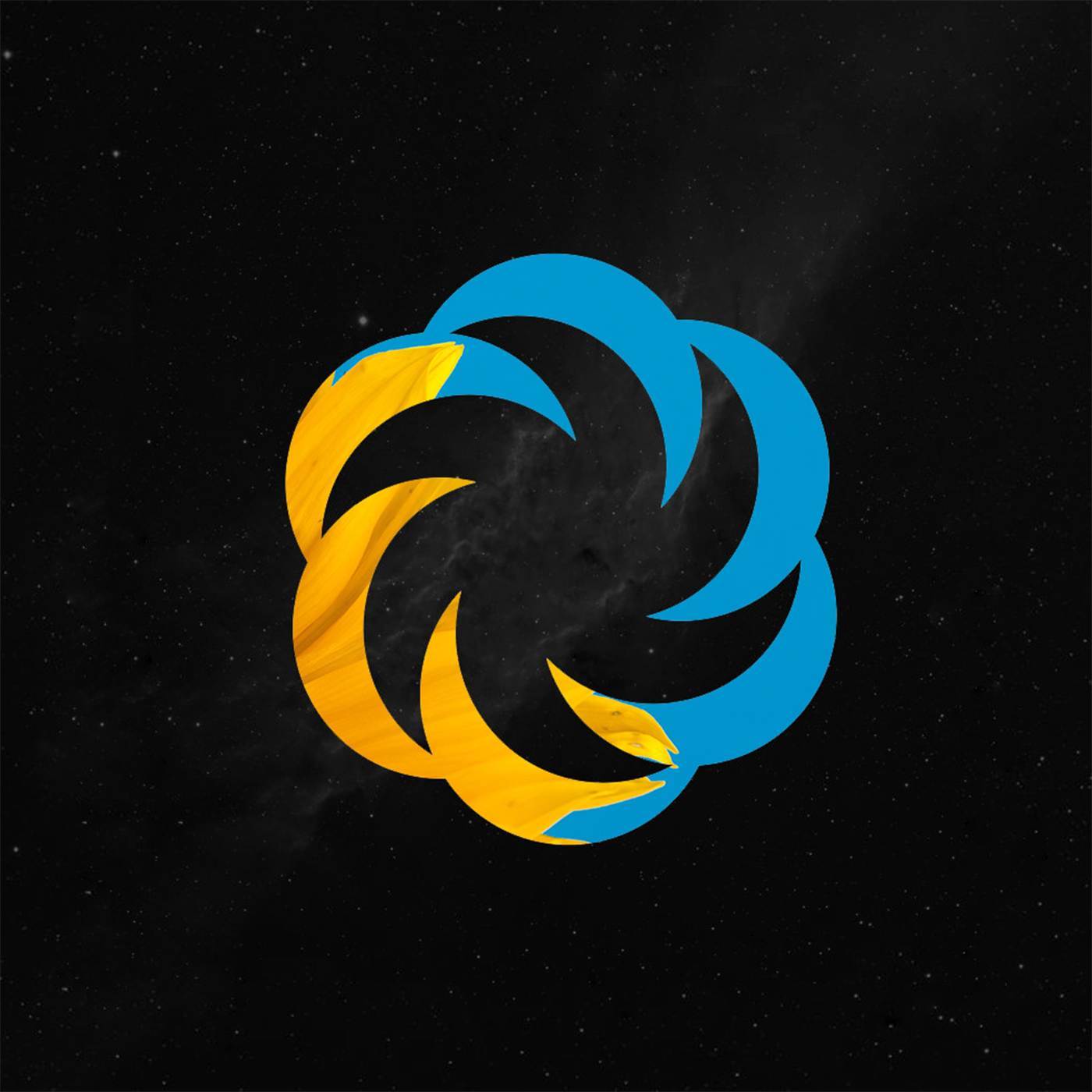After the last brilliant, eclectic and proggy isolatedmix by Steve Moore, we’ve secretly been longing for a deeper more serene story to bring our senses full circle. With releases on introspective labels such as Archives, and Fluid Audio the next mix, comes from Michael Tasselmyer, Andrew Tasselmyer, and Steven Kemner, known to many of us as Hotel Neon.
The Philadelphia based trio’s sound has previously been expertly described as, “at once epic and incredibly intimate”; “as icy as it is graceful"; and “enveloping atmosphere and sonic density”, but I would try and simplify (or complicate) it as sitting at the crossroads of a spectrum of ambient styles we admire. Coincidentally, given the number of band members, a Venn Diagram of Hotel Neon would likely see them exist within the sweet spot of classical/soundtrack, drone and more tactfully styled field recordings. Their combination of the three create deep churning and bellowing auras to get truly lost within.
The desired effect is as much lean-in, as it is to observe or wander amongst, with intricacies that only become apparent in certain situations, or instruments that take several listens to identify. They’ve become an apt soundtrack for deep sleep, and have an observable tangible approach well-deserved of live performances within more epic spaces such cathedrals. But as their name may suggest, and as the theme of the mix is revealed, Hotel Neon’s music comes into its own when you’re caught wandering at night - in what we like to imagine - is your own, strangely isolated place…
“Will Long’s (Celer) recent new album really blew us away, and we got to thinking about the imagery that a track title like “Rains lit by neon” can stir up: late-night ruminations in a quiet hotel room, high above streets full of strangers lit by neon. Obviously, we can connect to the “neon” aspect...but in all seriousness, there’s something undeniably compelling about the effect of a lonely nocturnal setting on one’s state of mind, and the depth of introspection it can generate. These are tracks with wistful, mysterious, and provocative character to facilitate one’s nighttime reminiscing. - Andrew (Hotel Neon)”
Hotel Neon are currently busy preparing for an EU/UK tour alongside masters of the art, Marcus Fischer and Simon Scott this September (see here) and preparing a charity compilation album in collaboration with Robert Macfarlane called "Place Language." The compilation features 29 artists from around the world including Hammock, Taylor Deupree, Lawrence English and many more. Set to be released through Fluid Audio in September, the compilation will be available in a custom letter-pressed booklet, and all profits will benefit the War Child charity to provide aid to children displaced by war and conflict.
Tracklist:
01. ana roxanne - “Nocturne” (~~~) Buy on Bandcamp
02. Benoît Pioulard & Sean Curtis Patrick - “Zenava” (Avocationals) Buy on Bandcamp
03. Lusine - “Jetstream” (Language Barrier) Buy on Bandcamp
04. Earthen Sea - “Existing Closer Or Deeper In Space” (Grass And Trees) Buy on Bandcamp
05. Kate Carr - “Contact” (Contact) Buy on Bandcamp
06. Celer - “(06.23.17) from the doorway of the beef noodle shop, shoes on the street in the rain, outside the karate school” (Xièxie) Buy on Bandcamp
07. Celer - “Rains lit by neon” (Xièxie) Buy on Bandcamp
08. anthéne - “Cyprus” (Lost Channel) Buy on Bandcamp
09. Brian McBride - “At A Loss” (Air Texture Volume II) Buy on Bandcamp
10. Sofie Birch - “Begin Sync End” (Planetes) Buy on Bandcamp
11. Jana Winderen - “Drift” (Surface Runoff) Buy on Bandcamp
12. Mount Shrine - “Forbidden Air, Pt. 2” (Homeless Rooms) Buy on Bandcamp
13. Rafael Anton Irisarri - “Falling Curtain” (Midnight Colors) Buy on Bandcamp
Artwork photo by Andrew Tasselmyer, “taken in Shanghai, China in early 2016 while wandering alone at night by the Huangpu River downtown, bleary-eyed and nostalgic”.
~
Hotel Neon | Website | Bandcamp | Discogs | Youtube | Twitter | Facebook




























